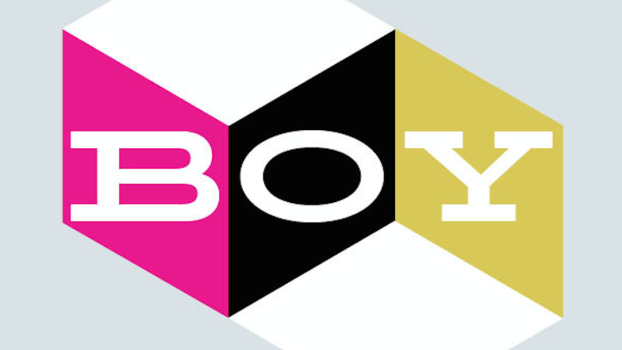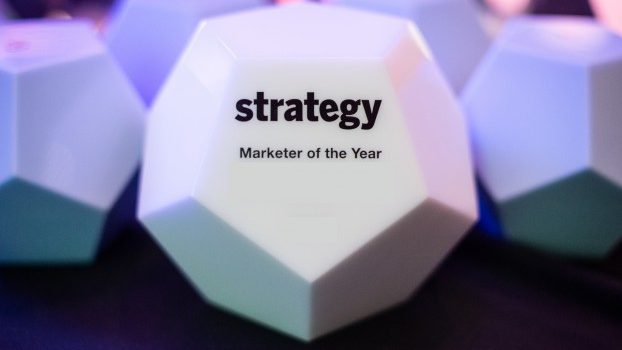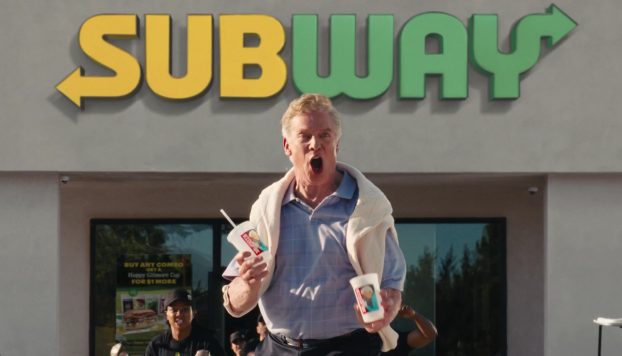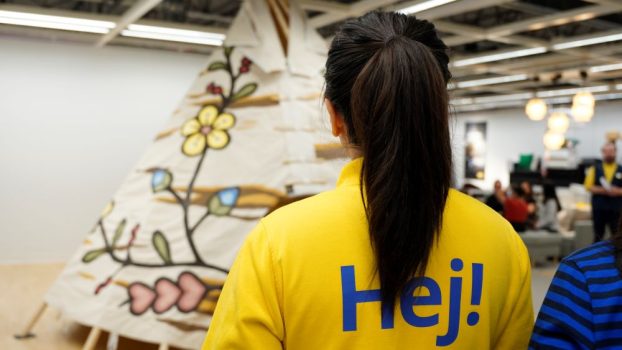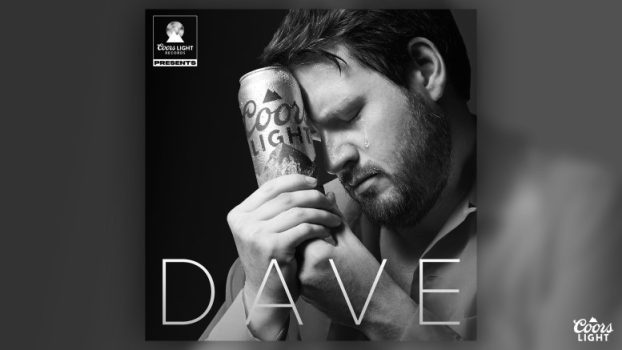Amazon’s apparel offering recently got a new, more fashionable look.
Already one of the largest online clothing retailers in North America, the ecommerce giant unveiled “The Drop” last month, giving Amazon customers access to limited-edition, influencer-inspired clothing collections on its site.
The initiative debuted with a collection by fashion influencer Paola Alberdi, whose blouses and oversized blazers were featured in posts on “The Drop”’s new dedicated Instagram account. (Alberdi has one million followers on Instagram.) On June 21, it launched the second iteration in collaboration with Canadian fashion blogger Sierra Furtado, garnering renewed media interest from fashion sites and blogs. Future collections will be designed with other female influencers, including Emi Suzuki, Leonie Hanne and Patricia Bright, as the company focuses exclusively on women’s wear – for now, at least.
 Amazon plans to drop a new collection every few weeks and to make them available for purchase for 30 hours only. Customers sign-up for text alerts notifying them every time a new collection is released; their orders are made on-demand, the goal being to “reduce waste,” according to the company.
Amazon plans to drop a new collection every few weeks and to make them available for purchase for 30 hours only. Customers sign-up for text alerts notifying them every time a new collection is released; their orders are made on-demand, the goal being to “reduce waste,” according to the company.
Alongside the collections, Amazon is offering “Staples by The Drop,” a line of everyday items, such as long-sleeve pullovers, skinny jeans and sandals, which complement influencers’ collections and are, by contrast, always available for purchase on its site.
Amazon has forayed into more fashion-focused areas before, but experts believe “The Drop” represents something new for the massive ecommerce platform and retailer: an attempt to soak up more clothing sales from influencer-obsessed millennials.
The strategy behind “The Drop”
Consumers already think of Amazon as a leader in convenience and online shopping, but not as a leader in fashion, says Tamara Szames, a fashion industry analyst at NPD Group. “The interesting thing is that Amazon still has a huge share of the apparel market in Canada, based on commodity purchases – think more apparel, versus fashion. What they’re trying to do is create [and] cultivate the hype to bring brand awareness to Amazon for fashion.”
The fashion expert notes that the concept of “drops” is not a new one for the industry. Companies like streetwear brand Supreme, Target and H&M have all worked with collaborators to bring high-end fashion into a more affordable space. However, Szames says the influencer component is an interesting one for Amazon, given that 40% of online clothing purchases reported by millennials have been impacted by social media, according to NPD research.
Releasing the lines during short, 30-hour windows is clearly about driving hype for the collection, she says. Today, generating excitement around launches is key for brands. Whereas impulse shopping had a large role to play during the mid-2010s – the height of fast fashion – it’s now the segment most in decline, she says. Today, it represents roughly 30% of women’s apparel spend.
Szames also notes that Amazon’s decision to produce the line on-demand signals the company is trying to be mindful of sustainability (i.e. bucking the overconsumption that has come to characterize fast fashion), a move that’s likely to appeal to its target demo.
The big picture
A large proportion of Canadians already have Amazon on their minds when it comes to shopping online. According to a recent report in Retail Insider, research by digital marketing agency Reprise Digital found that 63% of respondents use the platform to discover new products, while 78% believe it has the most efficient shipping and 84% say it offers the widest selection of products.
But while apparel has long been one of Amazon’s strengths, most of its clothing is considered more simple than stylish: a go-to place for affordable socks and underwear, plain t-shirts and simple dresses.
Amazon has taken steps to expand that view, however. Last year, it rolled out its Amazon Wardrobe try-before-buying program to all Prime members in the U.S, and it already allows influencers to showcase products on their own pages in exchange for a percentage of sales.
On top of that, Justin Smith, founder of TJI Research, a website that tracks all-things Amazon, says the online behemoth has been rolling out tech-driven experiments, such as Echo Look, to gain a better foothold in the fashion market. Though not yet available in Canada, Echo Look offers styling advice to users by taking a six-second video of their outfit using a voice-activated camera.
Most recently, Amazon launched StyleSnap, a mobile app feature enabling users to browse outfits for sale on Amazon by uploading a photo of a clothing item they like. Smith notes that even on the bricks-and-mortar side, Amazon is aiming to generate buzz for its apparel offering, running pop-ups in trendy fashion districts.
The company has collaborated with influencers on exclusive items before, such as decorative accessories for the home with designer Jonathan Addler, and it has owned Shopbop, a higher-end U.S.-based fashion retailer, since 2006.
The Drop effort is still in its early days, and Amazon is known for testing programs and swiftly ending those that don’t succeed, but Smith and Szames agree that it’s part of the company’s overall strategy of test and learn. “They’re going to collect all the data to see what works,” Szames believes. “That’s something that Amazon is really strong at. They’re testing multiple things to see what’s actually feasible and see what’s going to catapult them to the next level.”
Smith believes the company is well-placed to experiment this way, given its “unique logistics infrastructure that enables it to fulfill orders in ways that no one else in the world can… Anytime you see Amazon creating programs itself, it’s something [others] should pay attention to. Maybe it’s a program Amazon will make available to other brands or retailers in the future.”
[iframe_youtube video=”SQhsrk_smT8″]



